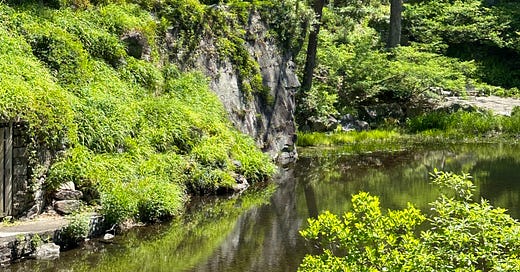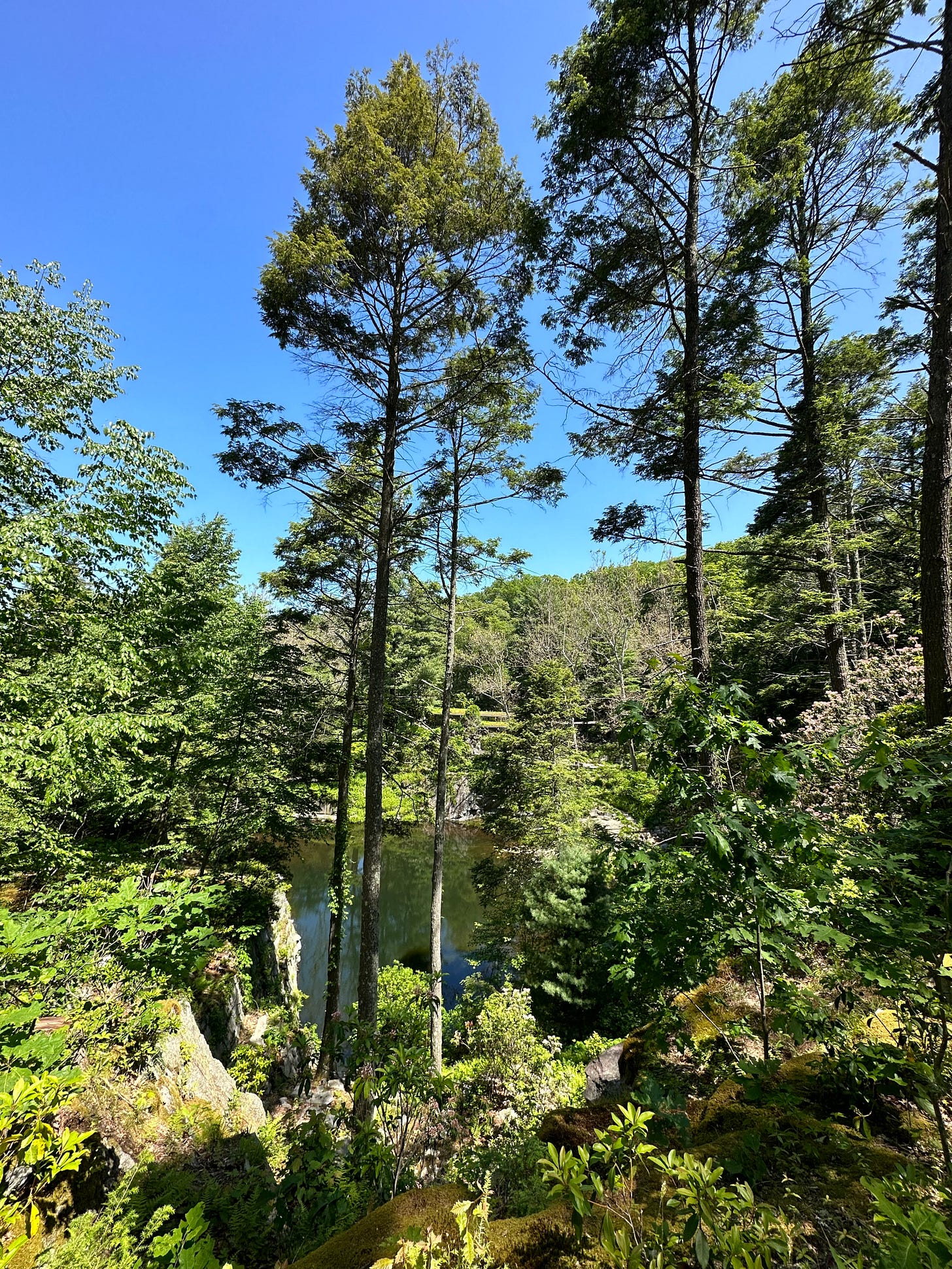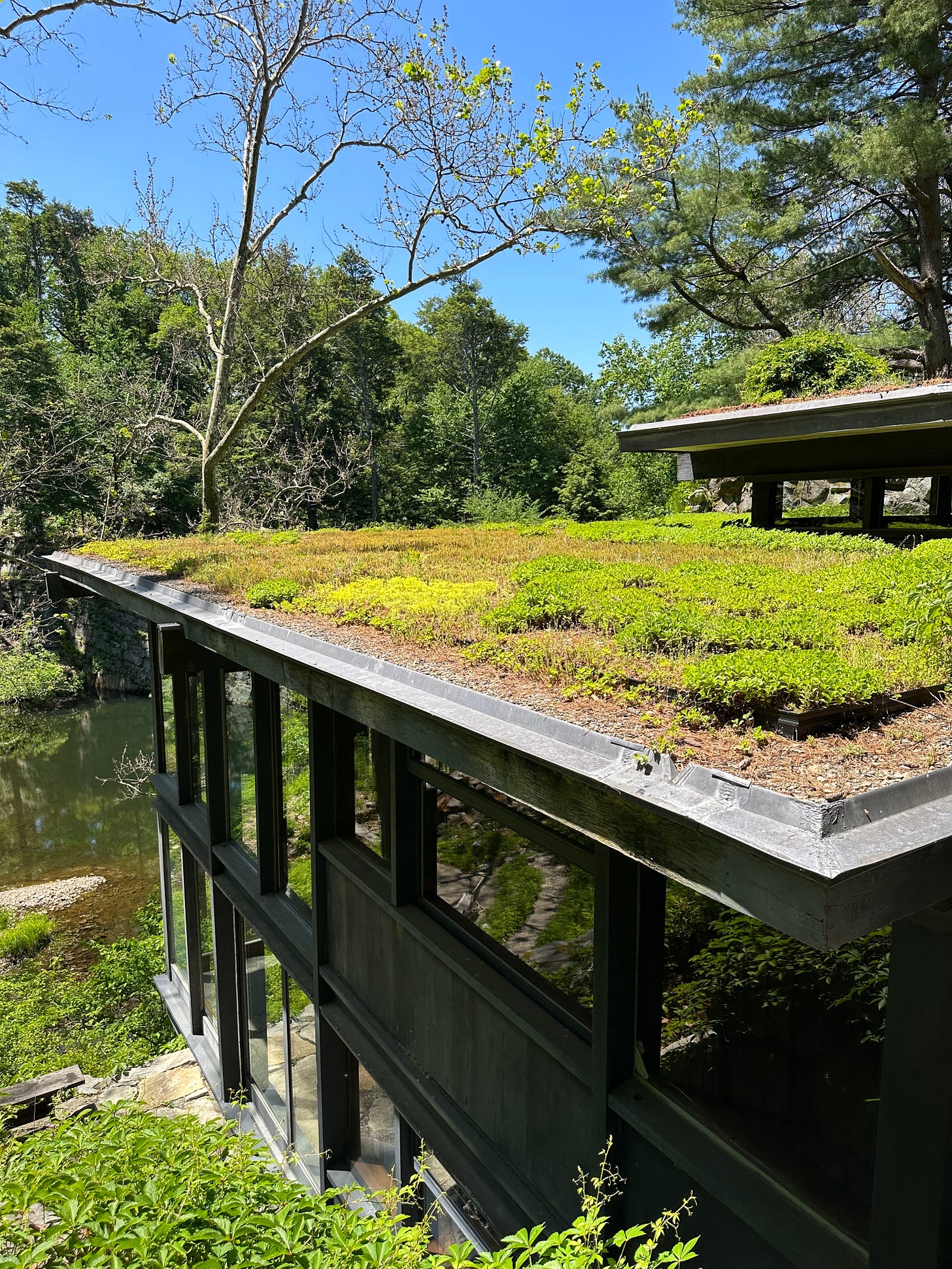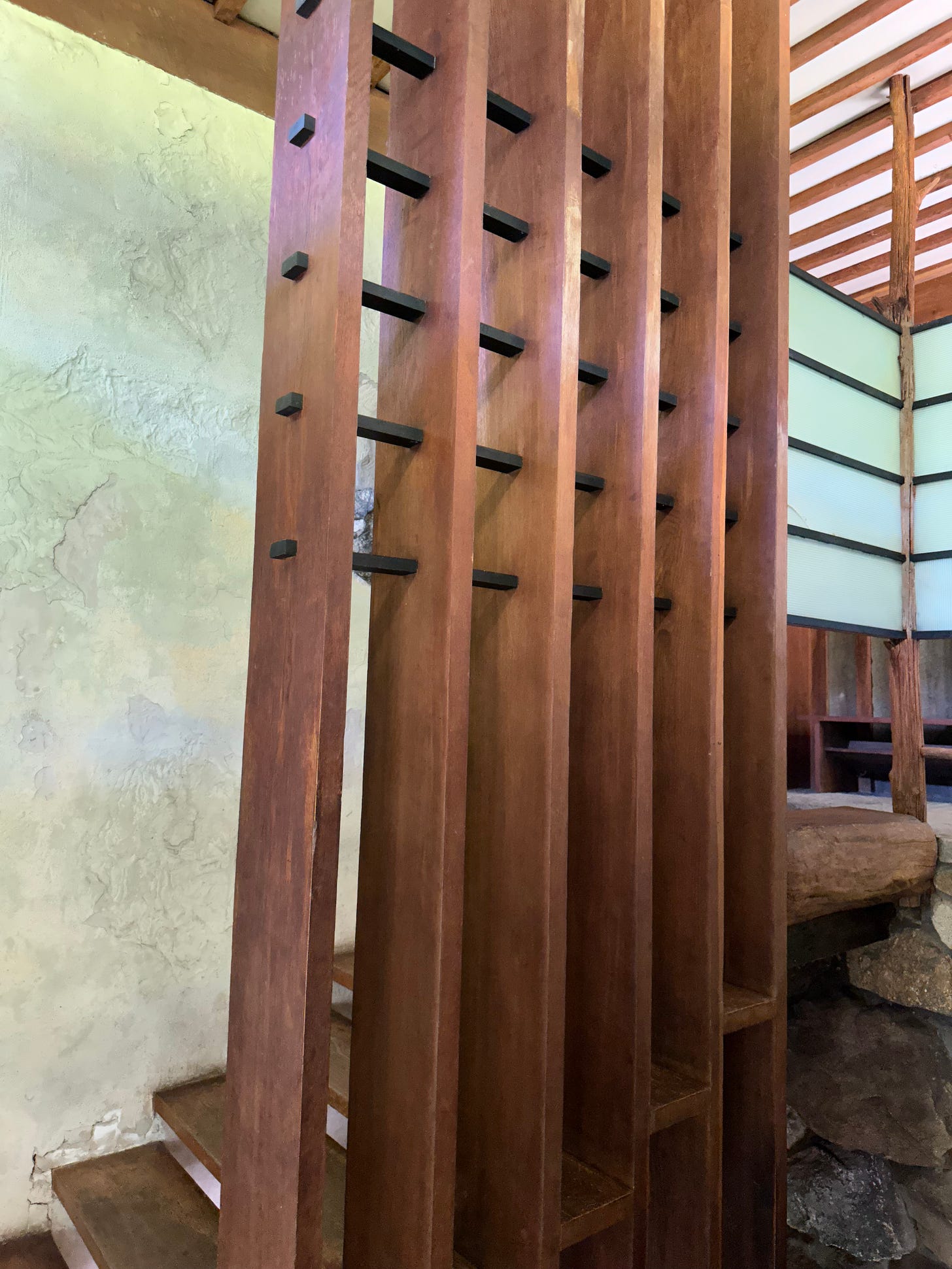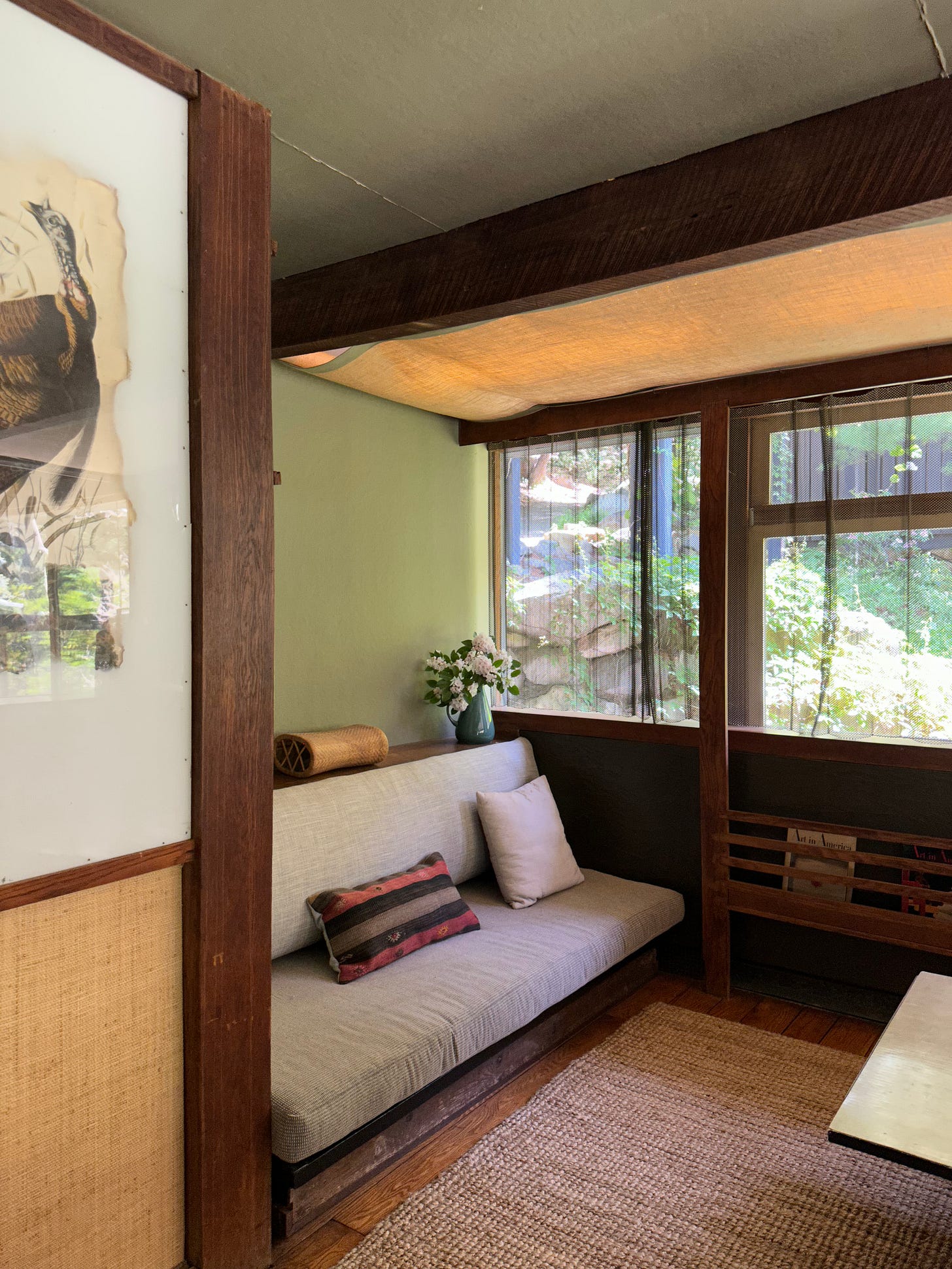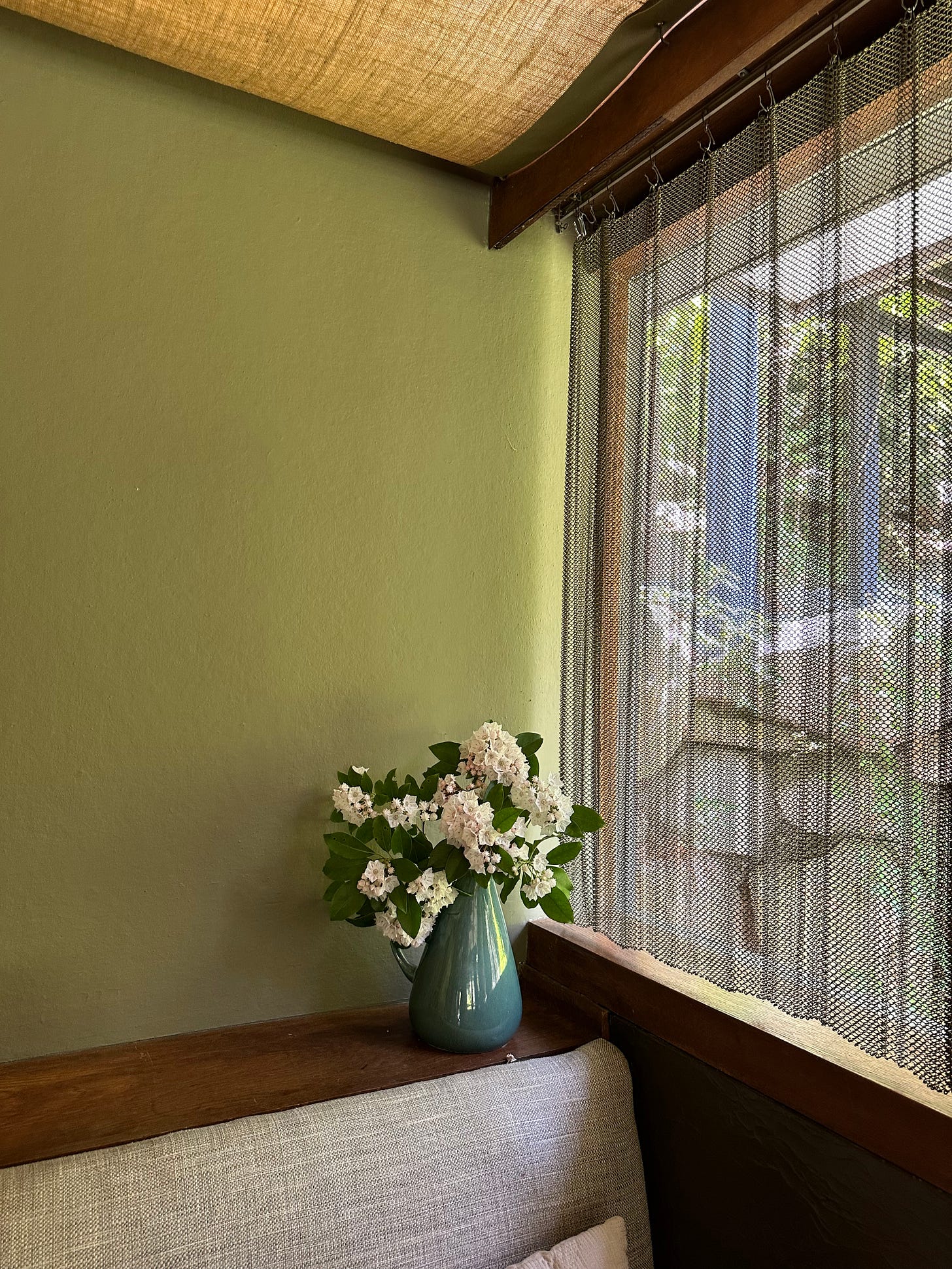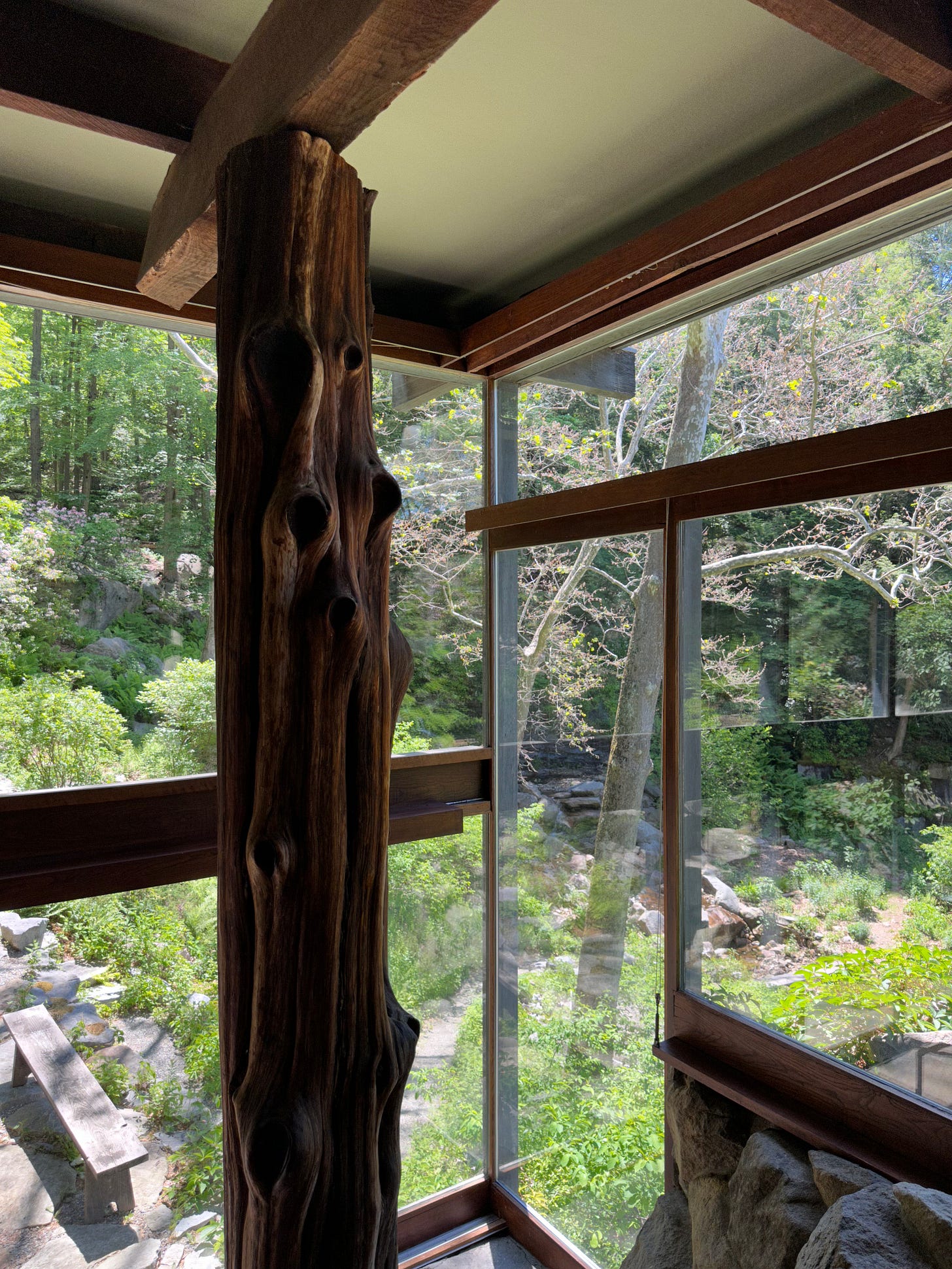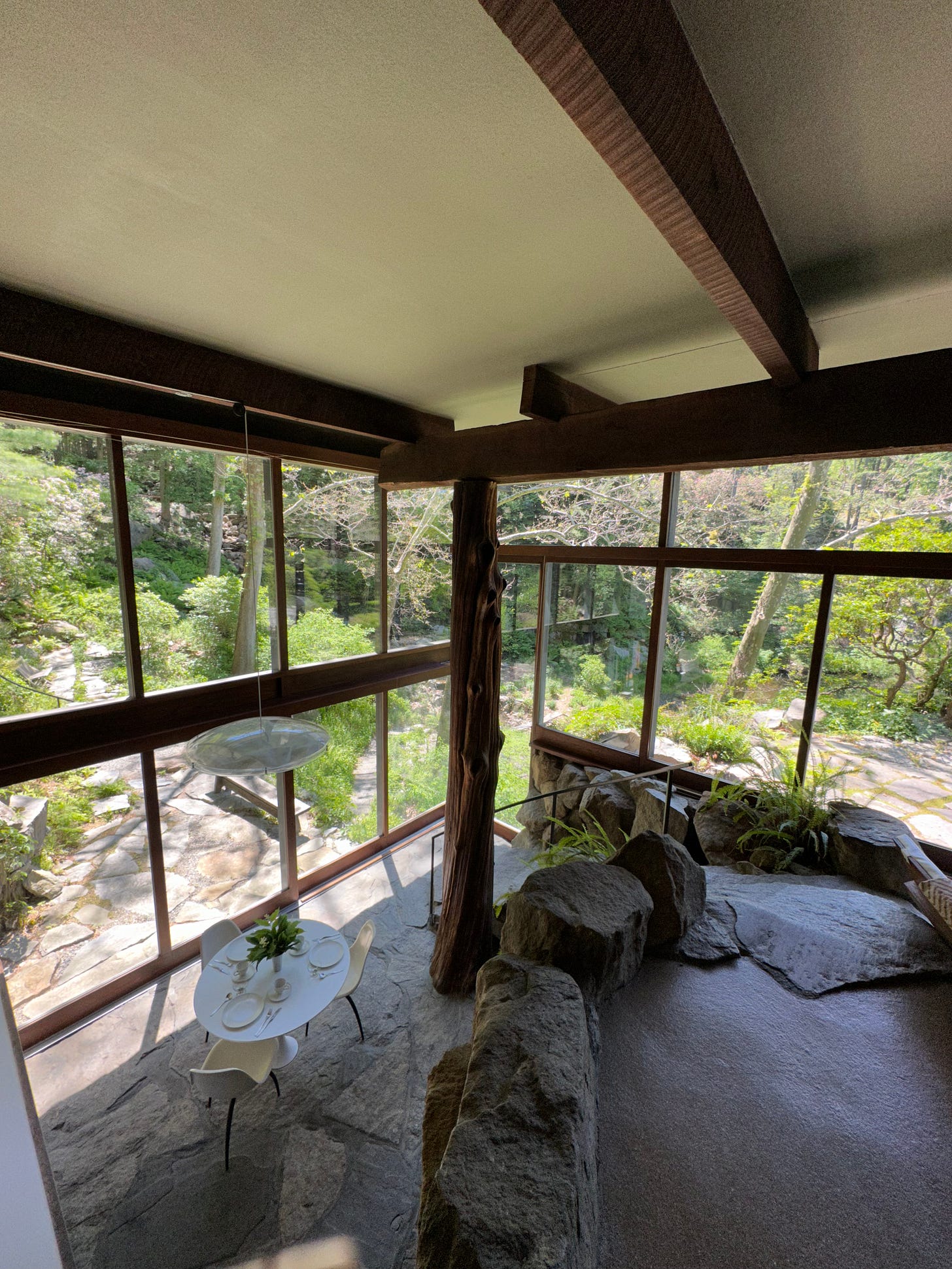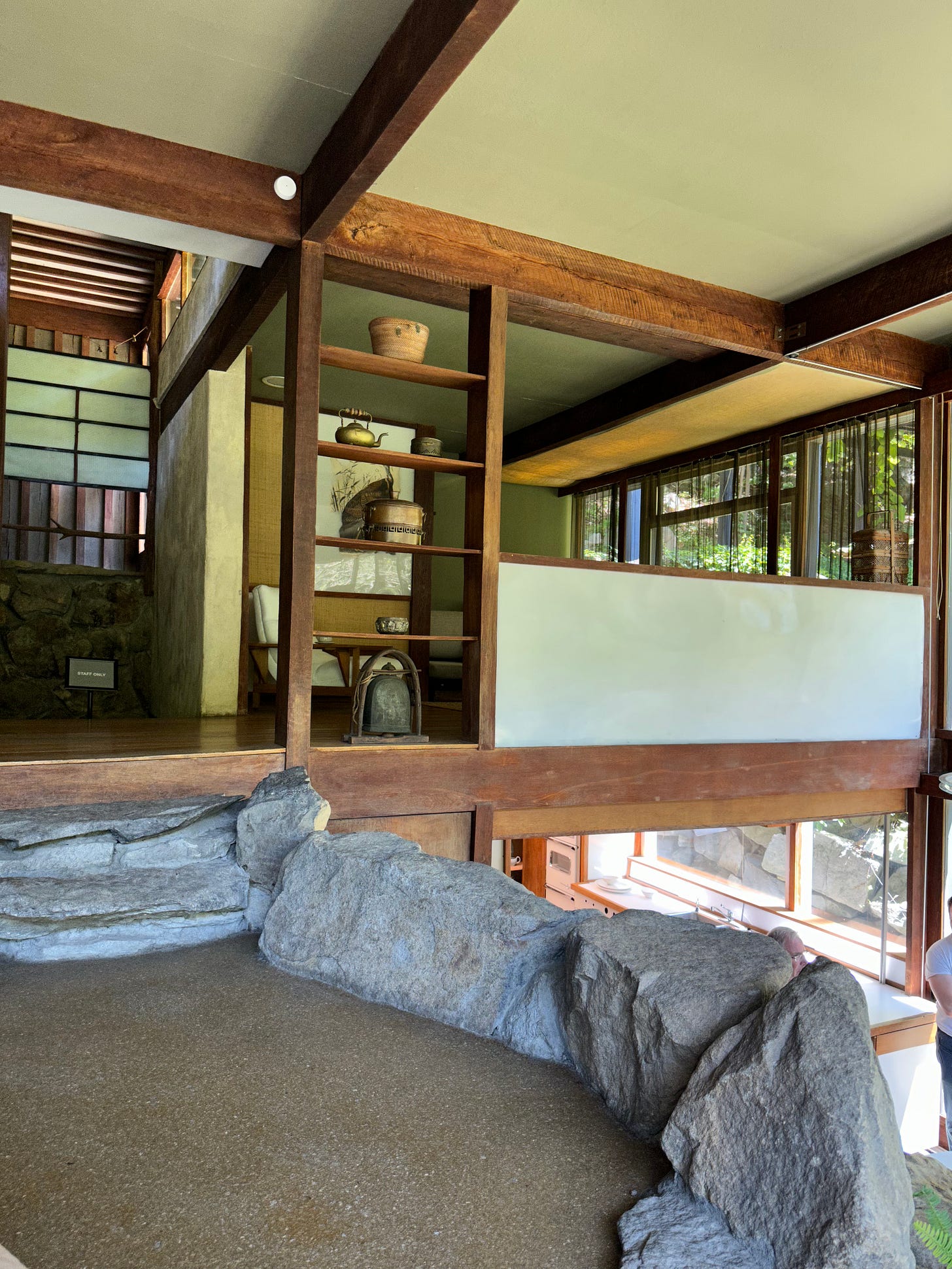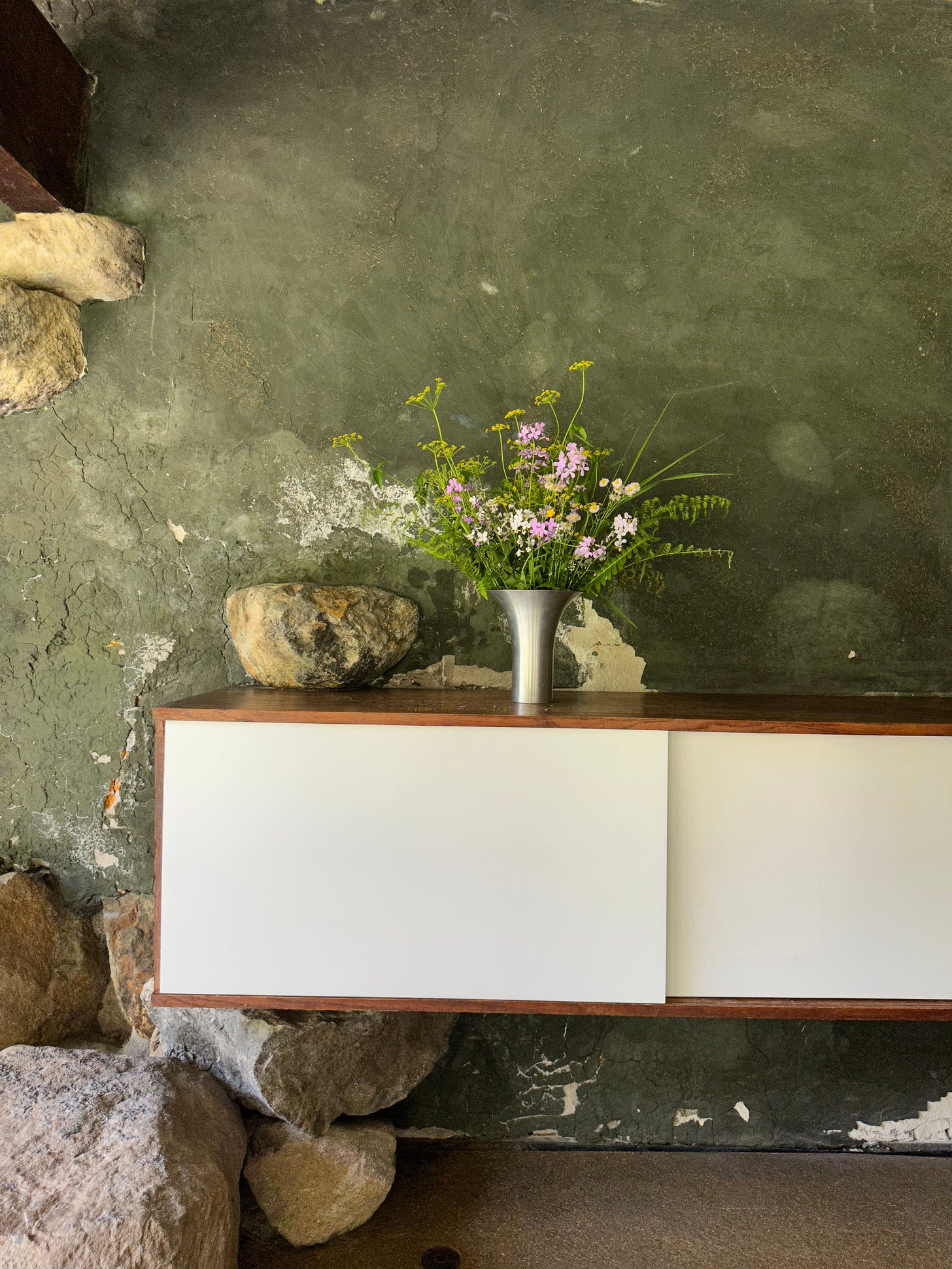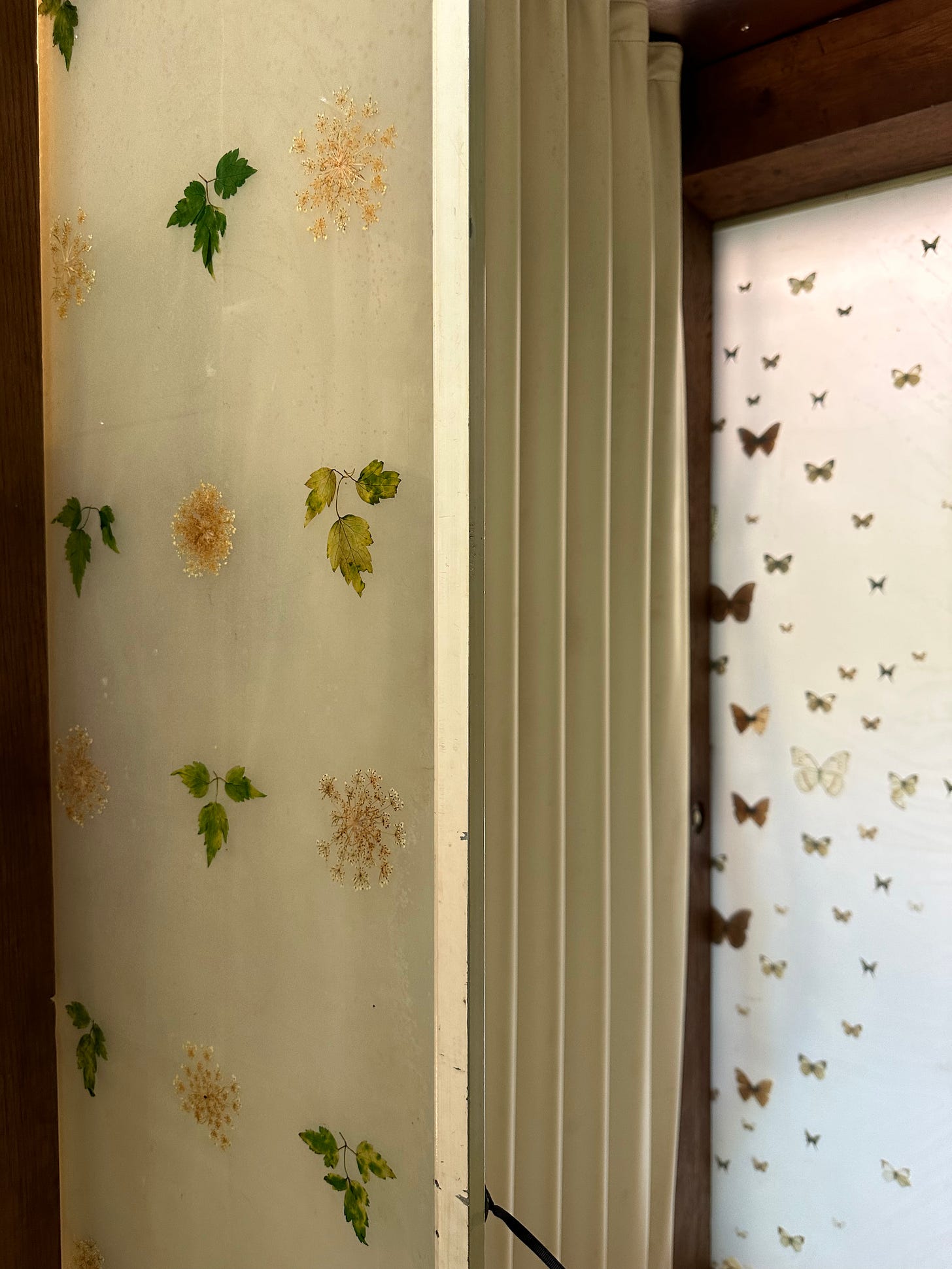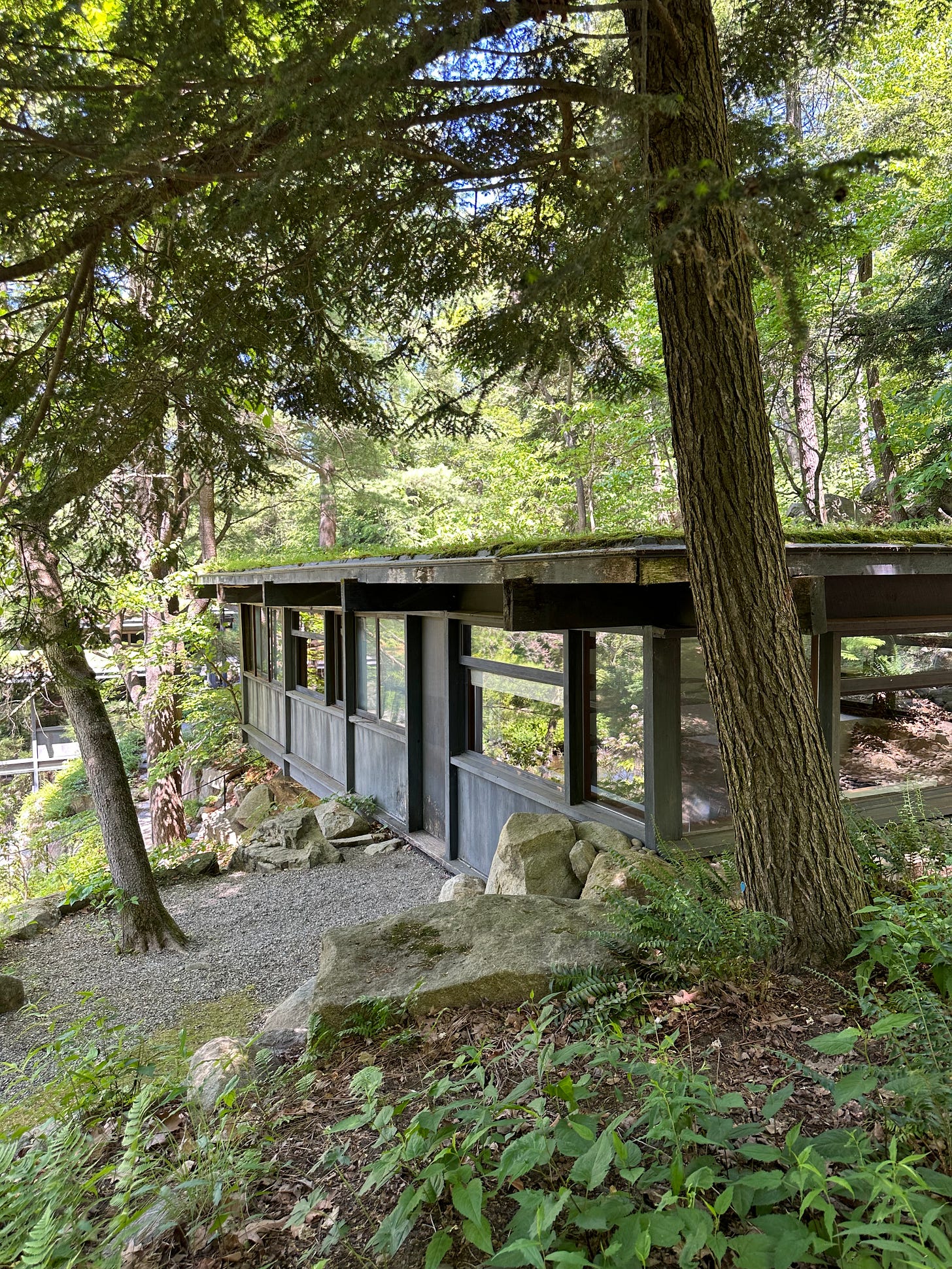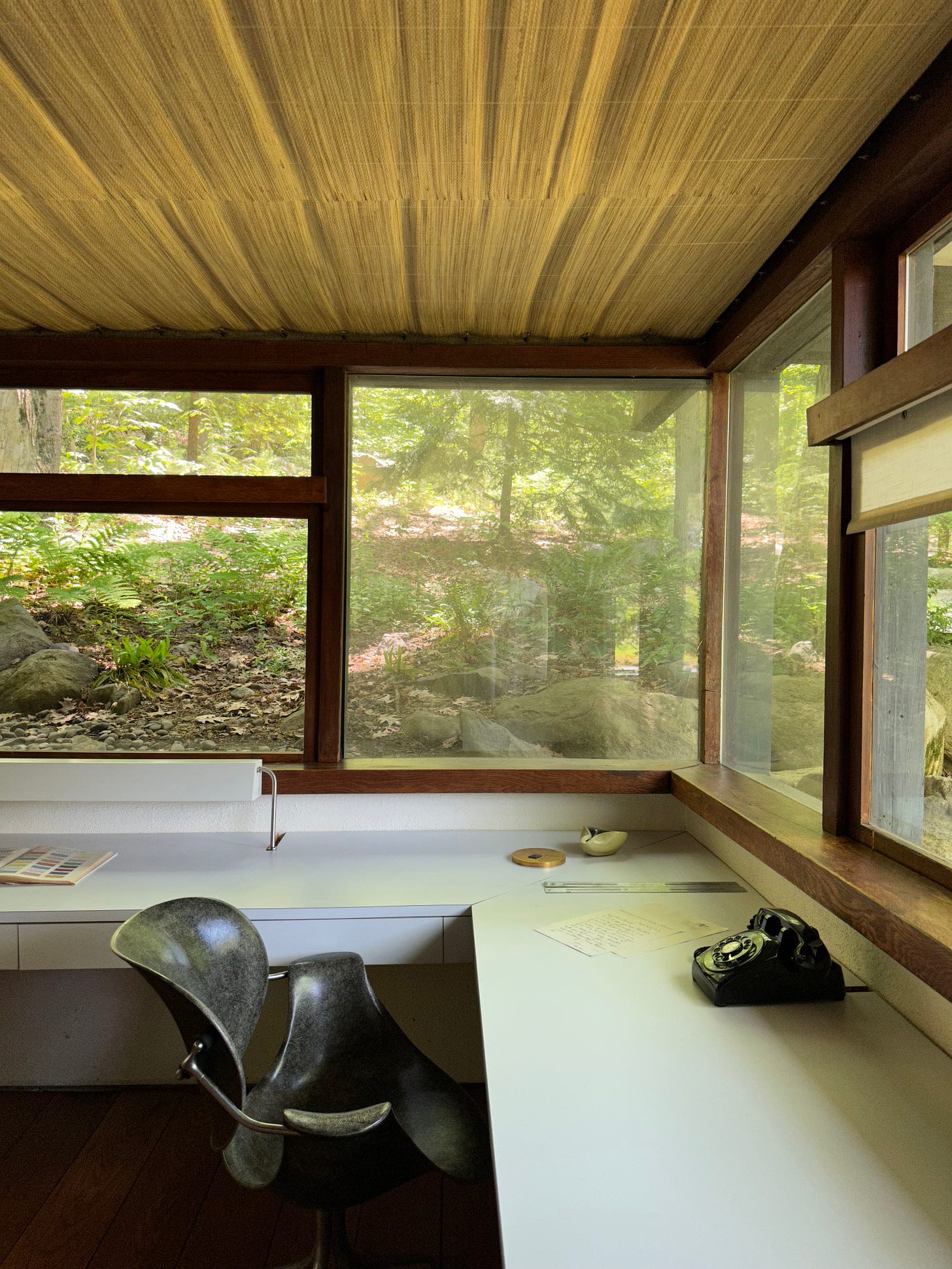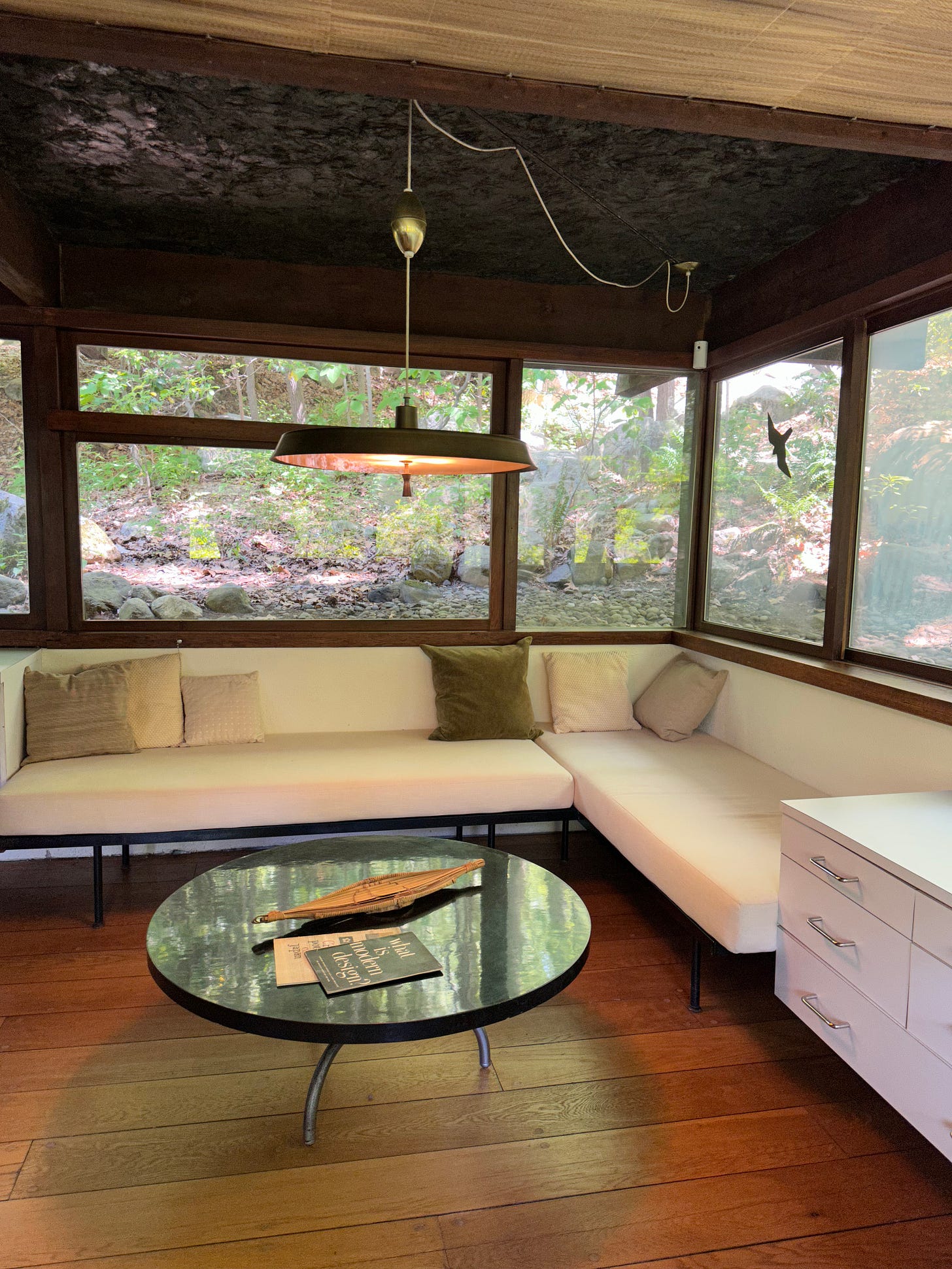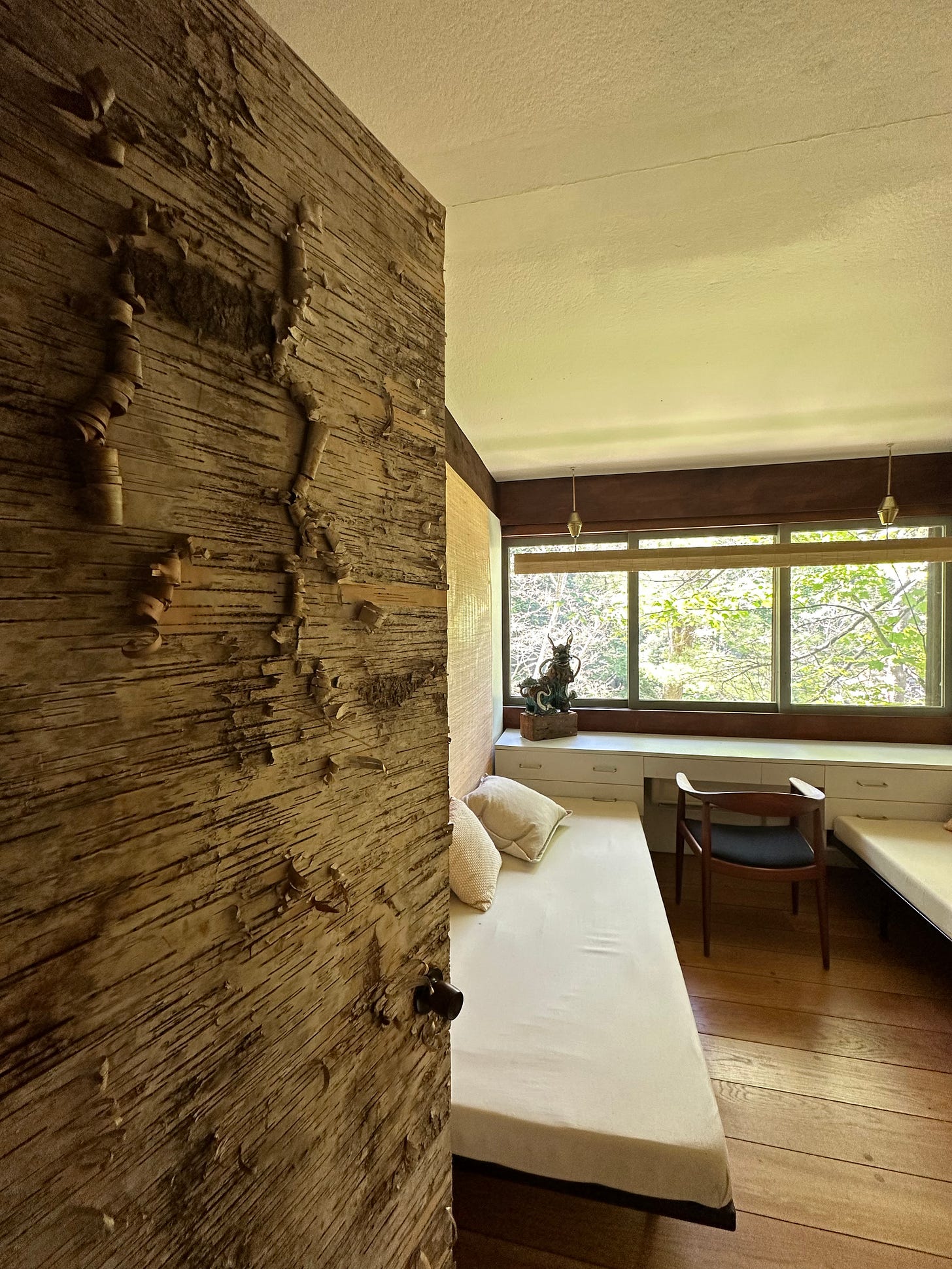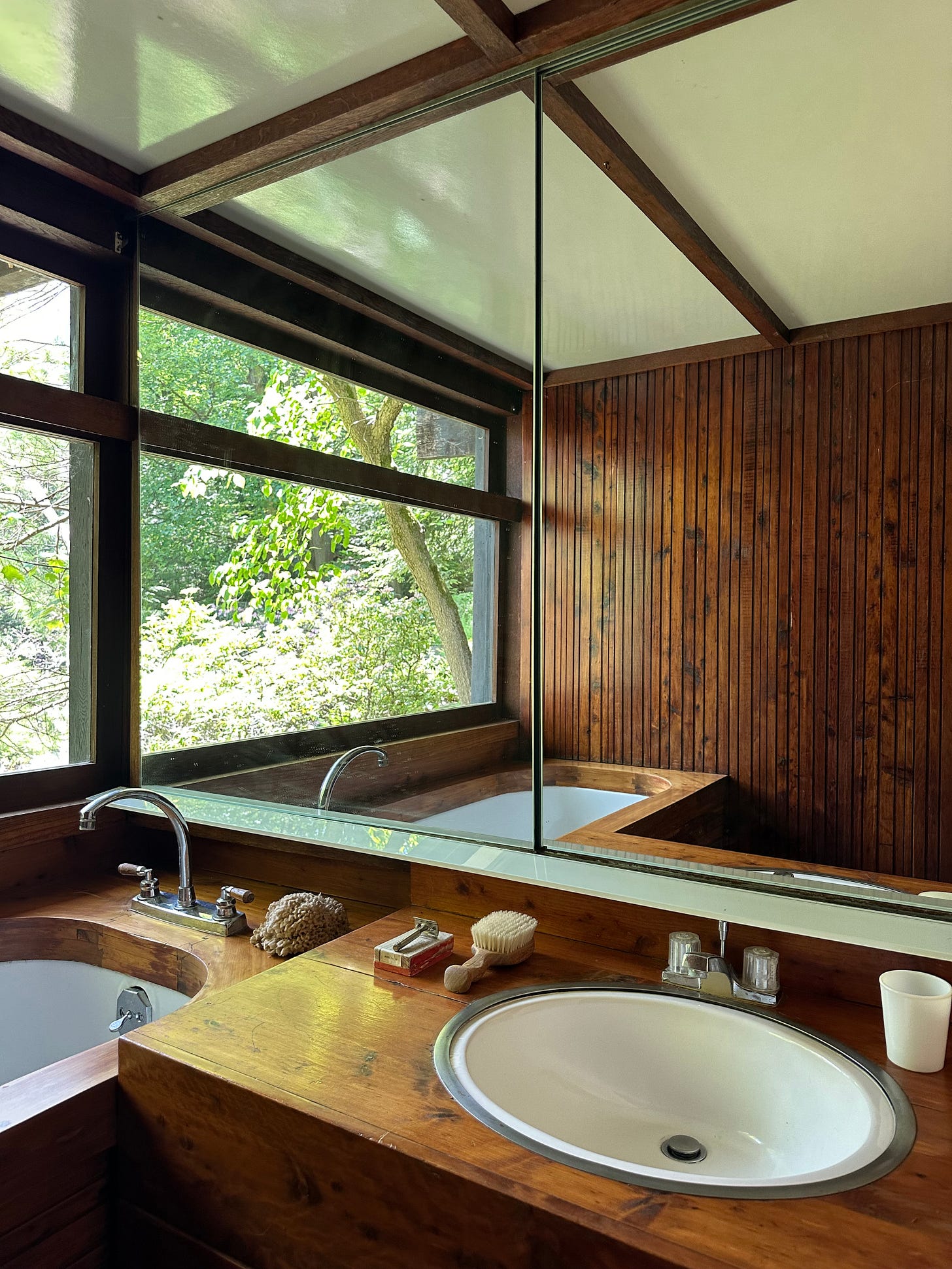Grief, Russel Wright's Manitoga & More
A week ago, my beloved elderly cat’s health started deteriorating quickly—setting off days of vet visits and tests and medications before it became clear that his kidneys were failing. At around twenty-one years old, Laser passed away on Thursday evening. It’s been a particularly brutal and incredibly sad week, making all work and anything requiring intelligence impossible, so no new writing for now.
You can read my Instagram post about Laser, my soulmate, here:
My husband and I had some tickets for events this weekend planned weeks ago, and we decided to attend them as a distraction and as a way of reconnecting with the beauty and inspiration of this world, even while grieving. Saturday night we went to see Joseph Sargent’s 1974 crime drama The Taking of Pelham One Two Three at Film Forum, my favourite repertory cinema in New York, as part of their month-long series of NYC-based movies, “The City: Real and Imagined.” Rewatching it on the big screen, with an original 35mm print, was the perfect escape—not only is The Taking of Pelham One Two Three the perfect New York City film but also simply a perfect movie. It’s thrilling and funny with incredible acting and a script that impeccably captures real New Yorkers—all captured on grittily beautiful celluloid by cinematographer Owen Roizman (you can read my short elegy for Roizman here). If you haven’t seen it before, take this as a recommendation to watch it this week.
Yesterday we visited the home of visionary industrial designer Russel Wright, Manitoga. In 1942 Russel and his wife, sculptor Mary Einstein Wright, purchased the 77-acre site in Garrison, NY, and set to redevelop it into a lush forested private haven. They had originally wanted land that included a meadow, a swimming hole, and a forest, but the former granite quarry had none of these. Instead, they had to create them all themselves—diverting a stream and re-using granite to create a waterfall and pond; planting trees, plants, flowers and moss to make forests, gardens, a meadow, and moss rooms; building bridges; and finally in the late 1950s (after Mary’s death from cancer in 1952), building Dragon Rock, Russel’s home inset into granite. Designed by David L. Leavitt, Dragon Rock was meant to merge seamlessly with the surroundings—flat living roofs above walls of glass, a chimney made of boulders, and the indoors and outdoors as one. It is breathtakingly beautiful and filled with inspiring ideas and touches. If you find yourself in the Hudson Valley between May and early November, Manitoga is definitely worth a visit. I’ve included lots of photos below.
The Main House
The Studio
A new podcast episode and more later this week…
Thanks for understanding, Laura

